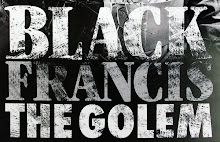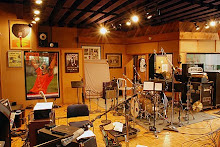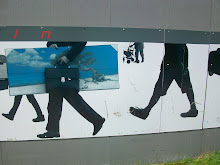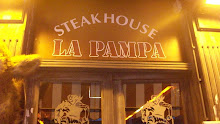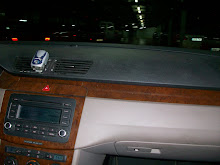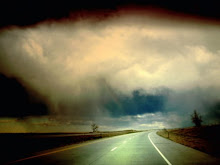
By BEN RATLIFF
Published: December 17, 2010
Don Van Vliet, an artist of protean creativity who was known as Captain Beefheart during his days as an influential rock musician and who later led a reclusive life as a painter, died Friday. He was 69 and lived in Trinidad, Calif.
The cause was complications of multiple sclerosis, said Gordon VeneKlasen, a partner at the Michael Werner gallery in New York, where Mr. Van Vliet had shown his art, many of them abstract, colorful oils, since 1985. The gallery said he died in a hospital in Northern California.
Captain Beefheart’s music career stretched from 1966 to 1982, and from straight rhythm and blues by way of the early Rolling Stones to music that sounded like a strange uncle of post-punk. He is probably best known for “Trout Mask Replica,” a double album from 1969 with his Magic Band.
A bolt-from-the-blue collection of precise, careening, surrealist songs with clashing meters, brightly imagistic poetry and raw blues shouting, “Trout Mask Replica” had particular resonance with the punk and new wave generation to come a decade later, influencing bands like Devo, the Residents, Pere Ubu and the Fall.
Mr. Van Vliet’s life story is caked with half-believable tales, some of which he himself spread in Dadaist, elliptical interviews. He claimed he had never read a book and had never been to school, and answered questions with riddles. “We see the moon, don’t we?” he asked in a 1969 interview. “So it’s our eye. Animals see us, don’t they? So we’re their animals.”
The facts, or those most often stated, are that he was born on Jan. 15, 1941, in Glendale, Calif., as Don Vliet. (He added the “Van” in 1965.) His father, Glen, drove a bakery truck.

His adopted vocal style came partly from Howlin’ Wolf: a deep, rough-riding moan turned up into swooped falsettos at the end of lines, pinched and bellowing and sounding as if it caused pain.
“When it comes to capturing the feeling of archaic, Delta-style blues,” Robert Palmer of The New York Times wrote in 1982, “he is the only white performer who really gets it right.”
He enrolled at Antelope Valley Junior College to study art in 1959 but dropped out after one semester. By the early 1960s he had started spending time in Cucamonga, Calif., in Zappa’s studio. The two men worked on what was perhaps the first rock opera (still unperformed and unpublished), “I Was a Teenage Maltshop,” and built sets and wrote some of the script for a film to be titled “Captain Beefheart vs. the Grunt People.”
The origins of Mr. Van Vliet’s stage name are unclear, but he told interviewers later in life that he used it because he had “a beef in my heart against this society.”
By 1965 a quintet called Captain Beefheart and His Magic Band (the “his” was later changed to “the”) was born. By the end of the year the band was playing at teenage fairs and car-club dances around Lancaster and signed by A&M Records to record two singles.
But it was “Trout Mask Replica” that earned Mr. Van Vliet his biggest mark. And it was the making of that album that provided some of the most durable myths about Mr. Van Vliet as an imperious, uncompromising artist.
The musicians lived together in a house in Woodland Hills, in the San Fernando Valley; what money there was for food and rent was supplied by Mr. Van Vliet’s mother, Sue, and the parents of Bill Harkleroad, the band’s guitarist (whom Mr. Van Vliet renamed Zoot Horn Rollo). One persistent myth has it that Mr. Van Vliet, who had no formal ability at any instrument, sat at the piano, turned on tapes and spontaneously composed most of the record in a single marathon eight-and-a-half-hour session.

What really happened, according to later accounts, was that his drummer, John French (whose stage name was Drumbo), transcribed and arranged music as Mr. Van Vliet whistled, sang or played it on the piano, and the band learned the wobbly, intricately arranged songs through Mr. French’s transcriptions.
“Trout Mask” offers solo vocal turns that sound like sea shanties; intricately ordered pieces with two guitars playing dissonant lines; and conversations with Zappa, the record’s producer. But its most recognizable feature is its staccato, perpetually disorienting melodic lines.
Band members’ accounts have described Mr. Van Vliet as tyrannical. (Both Mr. French and Mr. Harkleroad have written memoirs with dark details about this period.)
Mr. Van Vliet’s eccentricity and his skepticism about the music industry had much to do with why his music remained mostly a cult obsession. His band was offered a slot at the Monterey International Pop Music Festival in 1967, but Mr. Cooder had quit a week before, and Mr. Van Vliet was too spooked to perform. In the following years, when the band was at its creative peak, it played relatively few concerts.
The Magic Band’s first records after “Trout Mask Replica,” starting with “Lick My Decals Off, Baby,” had a more mature sound, but by “Clear Spot,” in 1973, the band had turned toward blues-rock. It later made a few ill-conceived concessions to commercialism, and in 1974 the band quit en masse after the critically panned “Unconditionally Guaranteed.”
After a long falling-out, Mr. Van Vliet reunited with his old friend Zappa to tour and make the album “Bongo Fury” in 1975, then assembled a new band to record “Bat Chain Puller,” which was never released because of contractual tie-ups. Parts of it were rerecorded in 1978 for an album released by Warner Brothers, “Shiny Beast (Bat Chain Puller).”
But “Ice Cream for Crow” was his last record; in 1982 he quit music to focus on his painting and moved to Trinidad, near the Oregon border, with his wife, Jan, who is his only survivor.
Some of the images were a continuation of his songwriting concerns, especially those involving animals. A lot of his work dwells on the beauty of animals, on animals acting like humans and even on humans turning into animals. In “Wild Life,” he sang, “I’m gonna go up on the mountain and look for bears,” and in “Grow Fins,” an extraordinary blues from the album “The Spotlight Kid” (1972), he threatened a girlfriend that if she didn’t love him better he would turn into a sea creature.
Mr. Van Vliet had rarely been seen since the early 1990s and seldom at his gallery openings.
http://www.nytimes.com/
Captain Beefheart - (1941-2010) R.I.P









































































































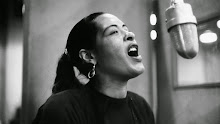



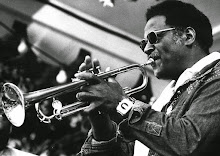





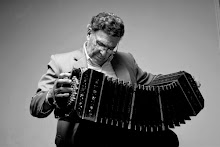


























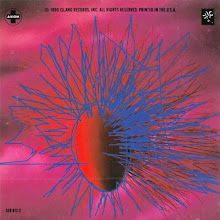






































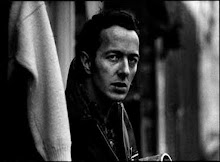


























![Emilio Aragón [Miliki]](https://blogger.googleusercontent.com/img/b/R29vZ2xl/AVvXsEgU984UtiH44tEevrjWKEP26uzJpkSR0NMPCyUzIg16SRop9lUziLazCa4V3Ol9LgmRdnzgHiyLD-8SPVx7J7cZt1G5jmzE1lDfWyzlvXaq7dp2EQ5OLle-bBG3ZcovVu5h00ZzuOwXVCo/s220/Gracias+Miliki%2521.jpg)

























































































































































